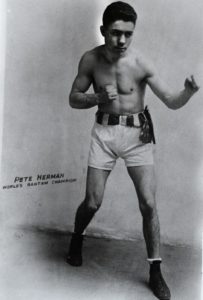Archaeology

San Patrice Culture
This entry covers the San Patrice culture during the Late Paleoindian and Early Archaic Periods, 8800–6000 BCE.

This entry covers the San Patrice culture during the Late Paleoindian and Early Archaic Periods, 8800–6000 BCE.

This entry covers prehistoric Poverty Point culture during the Late Archaic period, 2000–800 BCE.

This entry covers the prehistoric Evans culture during the Middle Archaic Period, 6000–2000 BCE.
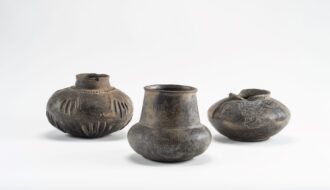
The Mississippian culture spanned from roughly 1050 to 1700 CE

J. N. B. de Pouilly was a successful architect in antebellum Louisiana.

One of the largest urban parks in the United States, New Orleans' City Park is home to many cultural and recreational attractions including the New Orleans Museum of Art, the Botanical Garden, golf courses, tennis courts, City Bark dog park, Tad Gormley stadium, and several lagoons.

The East Louisiana State Hospital in Jackson was the state's first major permanent facility to provide behavioral healthcare to patients.

St. Emma Plantation was the site of a Civil War skirmish known as the Battle of Kock's Plantation.

Alvyk Boyd Cruise was a multitalented artist and historian in New Orleans during the mid-twentieth century.

Artist Xavier Gonzalez's Depression-era murals continue to ornament buildings across the state.

Although Alexander Drysdale described himself as a portrait painter, he was known primarily for his landscapes depicting Louisiana's marshes and bayous.
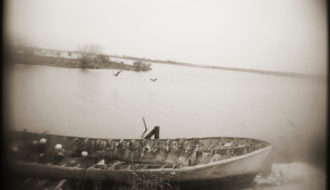
New Orleans-based George Havard Yerger and Leslie Addison are a husband and wife team of photographers.

Flint-Goodridge Hospital opened in 1896 to serve New Orleans’s Black community and provide medical training for Black nurses and physicians at a time when other hospitals denied services to Black people.

During World War II, central Louisiana became the site of training maneuvers to prepare the United States Army to engage in Germany’s new blitzkrieg-style warfare.

Louisiana’s southernmost port on the Gulf of Mexico plays a critical role in the US energy industry.

The South’s first Black newspaper, L’Union was an abolitionist journal that promoted full citizenship rights for men of African descent.

On July 9, 1982, wind shear caused Pan Am Flight 759 to crash into the New Orleans suburb of Kenner, killing 153 people.

The Westwego explosion ranks among the worst industrial disasters in modern Louisiana history and the deadliest disaster to date in the nation’s grain industry.

Making landfall in Cameron Parish on September 24, 2005, Hurricane Rita was the fourth-most-intense Atlantic hurricane ever recorded.

The last known epidemic of yellow fever in the United States occurred in Louisiana in 1905. Due to the intensity and frequency of these epidemics, it was often referred to as the "saffron scourge."
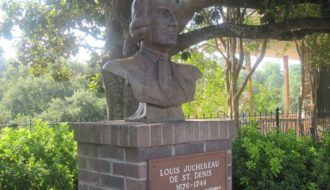
The history of the fort, mission, and settlement of Los Adaes reflects both intercolonial rivalry and cooperation among the Spanish, French, and Native Americans who lived along the border of New Spain and French Louisiana.

The rougarou is one of the most well-known figures in South Louisiana folklore.

Self-taught artist Herbert Singleton created dramatic scenes of the rough New Orleans environment into which he was born, using found objects such as salvaged doors, driftwood, and discarded furniture.
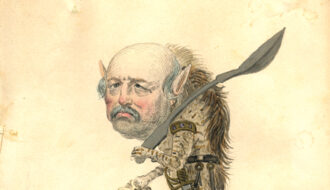
Mardi Gras of 1873 provided the occasion for a bold display of political commentary and costume artistrly by the Mystick Krewe of Comus.

The praline, a confection made of sugar and nuts, is a representative dish of the Franco- and Afro-Creole Atlantic diasporas.

The so-called poor boy (po-boy) sandwich originated from the Martin Brothers' French Market Restaurant and Coffee Stand in New Orleans during the 1929 streetcar strike.

Popularized in the late 1950s, stuffed shrimp is a signature dish of Shreveport.

Louisiana’s citrus industry traces its origins to the early 1700s, but the effects of climate change increasingly threaten its long-term viability.

Mandeville was founded in 1834, occupying part of what was formerly the sugar plantation of Bernard de Marigny de Mandeville in Louisiana.

Before railroads and highways, Bayou Teche served as an important transportation route deep into the fertile interior of south-central Louisiana.

The Fontainebleau State Park bears the name of Bernard de Marigny's sugar plantation, which formerly occupied this site and was itself named after the estate of the French king Francois I.

A portion of Louisiana was once the western extremity of colonial Florida

Clay Shaw is the only person tried on charges related to an alleged conspiracy in the November 22, 1963, assassination of President John F. Kennedy.

Bobby Jindal, the fifty-fifth governor of Louisiana, served from 2008 to 2016.

Dave Treen served as governor of Louisiana from 1980 to 1984, losing his bid for a second term to Edwin Edwards in 1983.

Charles A. O'Niell served as the chief justice of the Louisiana Supreme Court from 1922 to 1949.

Although Jim Bowie is known for his role in the Battle of the Alamo, he was raised in Louisiana, where he engaged in land schemes and slave smuggling.

In the early twentieth century, Thibodaux's Laurel Valley Plantation was the largest sugar producer in the region and employed as many as 450 workers.

Dave Treen served as governor of Louisiana from 1980 to 1984, losing his bid for a second term to Edwin Edwards in 1983.

Flint-Goodridge Hospital opened in 1896 to serve New Orleans’s Black community and provide medical training for Black nurses and physicians at a time when other hospitals denied services to Black people.

New Orleans has been the subject of literature from the colonial period to the present day.

The Federal Writers Project in Louisiana produced oral histories, local guidebooks, and other writings between 1935 and 1939.

New Orleans author John Kennedy Toole is known for his posthumously published novel "A Confederacy of Dunces," which won the Pulitzer Prize in 1981.
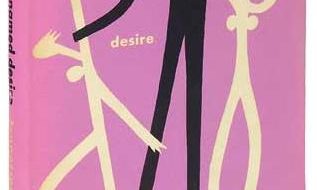
In 1947 playwright Tennessee Williams premiered A Streetcar Named Desire, a critically acclaimed theatrical work that won the Pulitzer Prize for Drama in 1948.

Bill Evans was a Louisiana-educated pianist and composer who made important contributions to the evolution of modern jazz.

Captain John Handy was an early New Orleans traditional jazz, blues, and rhythm and blues alto saxophone player.
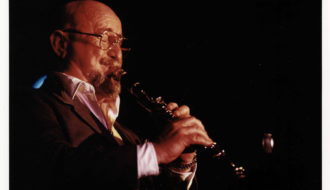
Jazz clarinetist Pete Fountain was one of the New Orleans's most recognizable and commercially successful artists.
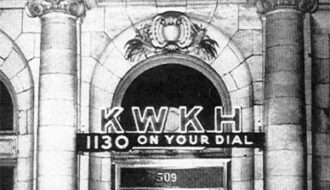
The Louisiana Hayride was a radio barn dance broadcast from Shreveport’s Municipal Auditorium between 1948 and 1960.

The Coushatta Tribe of Louisiana is the largest of four federally recognized tribal governments in Louisiana.
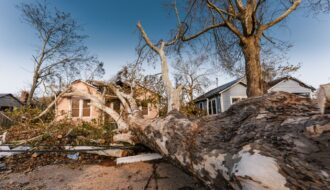
Climate migration occurs when people move away from home due to extreme environmental conditions worsened or caused by climate change, such as hurricanes, coastal erosion, sea level rise, flooding, and fires.

The Quapaw Indians, whose four villages were located along the Arkansas River, were military allies and trade partners of colonial Louisianans.

The Tunica-Biloxi Tribe is one of only four American Indian groups in Louisiana recognized by the federal government.

One of the first Black Protestant churches in Louisiana, Wesley Chapel played pivotal roles in social and political movements, from teaching freed Black women to read after the Civil War to engaging in the civil rights movement.

Catholic Louisianans of Sicilian descent erect altars laden with fresh produce, baked goods, and other foods to honor Saint Joseph.

Marie Laveau was a free woman of color born in the French Quarter of New Orleans. Laveau assumed the leadership role of a multiracial religious community for which she gave consultations and held ceremonies. During her time, she was known as "The Priestess of the Voudous"; among many other colorful titles.

Several Protestant denominations are present in Louisiana with Southern Baptist and Methodist as the most dominant.

The gradual loss of Louisiana’s coastal wetlands is a slow-moving disaster largely set in motion by a series of human interventions in natural processes.

For a state experiencing land loss at an alarming rate, coastal restoration has become an urgent need.

The United States’ entry into World War II spurred Louisiana’s recovery from the economic doldrums of the Great Depression.

During the nineteenth century, cholera epidemics caused tens of thousands of deaths throughout the state of Louisiana.

New Orleans sailing champion Buddy Friedrichs won a gold medal in the 1968 Summer Olympics in the Dragon Class.

The Negro Leagues were the network of African-American baseball teams and players from the 1880s to the integration of baseball in 1946–47.

Tulane alumnus Bobby Brown played professional baseball with the New York Yankees and won four world championships.

Pete Herman, world champion bantamweight boxer, owned and operated a popular French Quarter bar until his death in 1973.
One-Year Subscription (4 issues) : $25.00
Two-Year Subscription (8 issues) : $40.00
